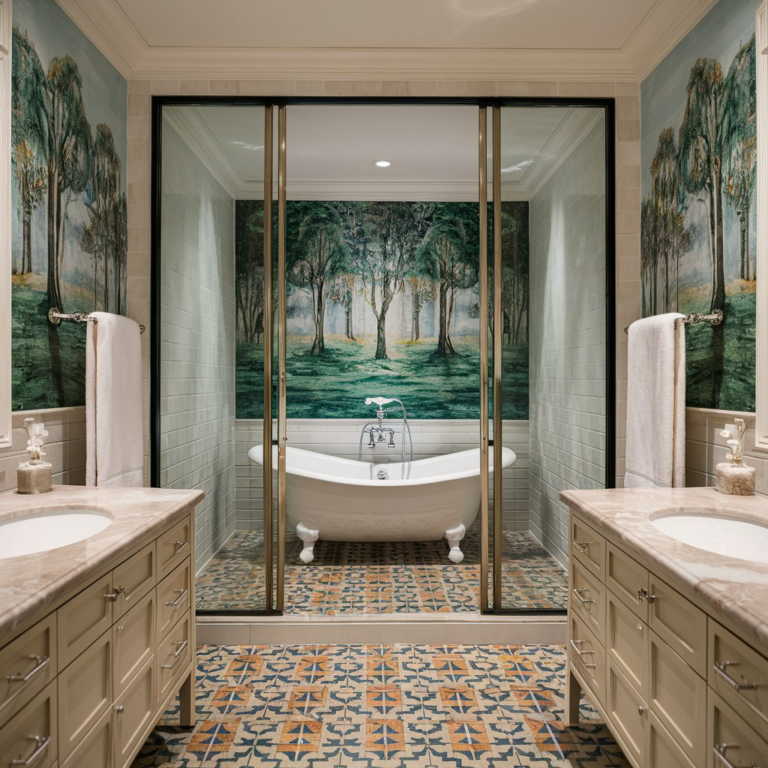24 Building a House on a Budget Ideas
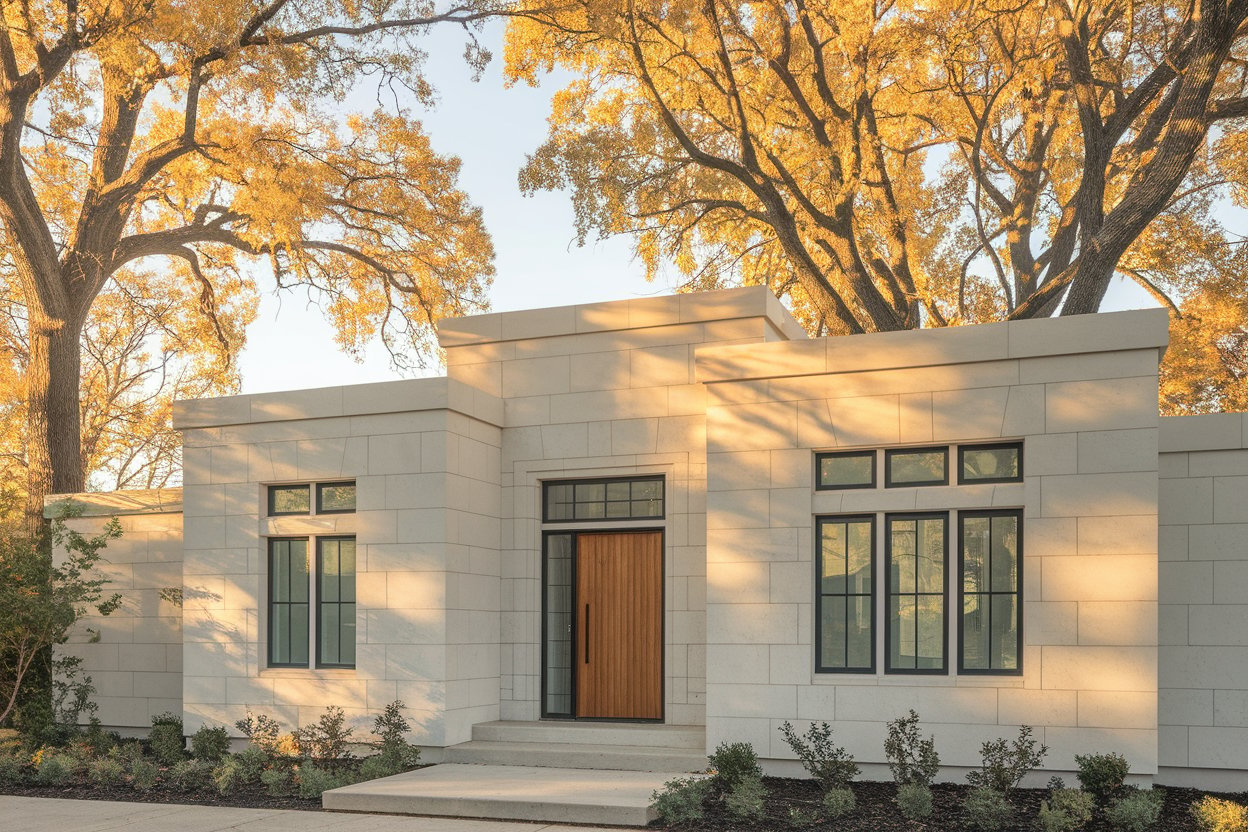
Building a house without breaking the bank is an art and a science. It takes creativity, strategy, and a touch of financial discipline.
If you’re dreaming of a home that doesn’t drain your life savings, you’re in the right place.
1. Plan and Budget Like a Pro
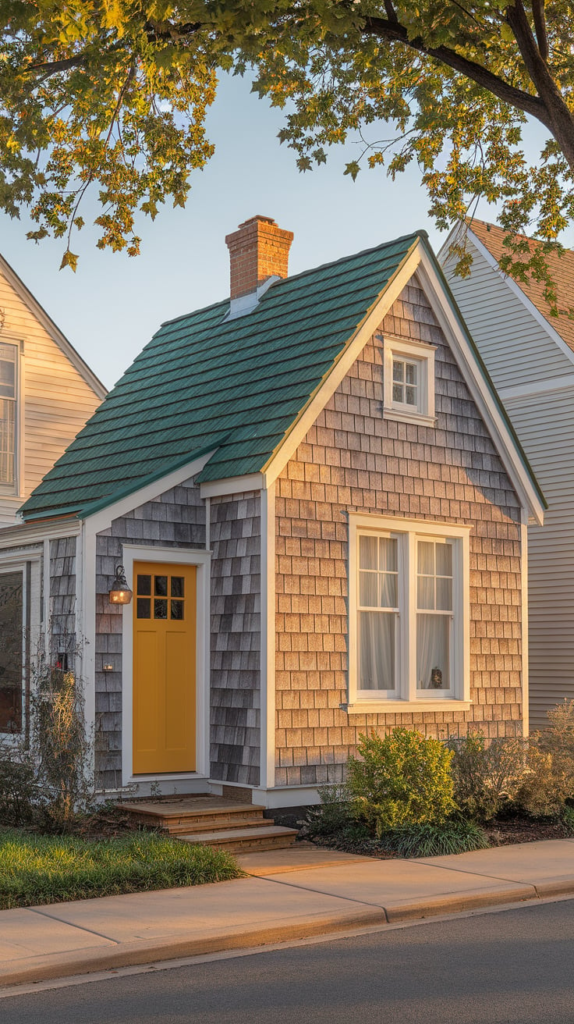
Every penny counts, and the best way to control costs is with a detailed plan. Create a realistic budget and stick to it like your life depends on it. Unexpected expenses will pop up, so allocate at least 10% extra for contingencies.
2. Choose a Simple House Design
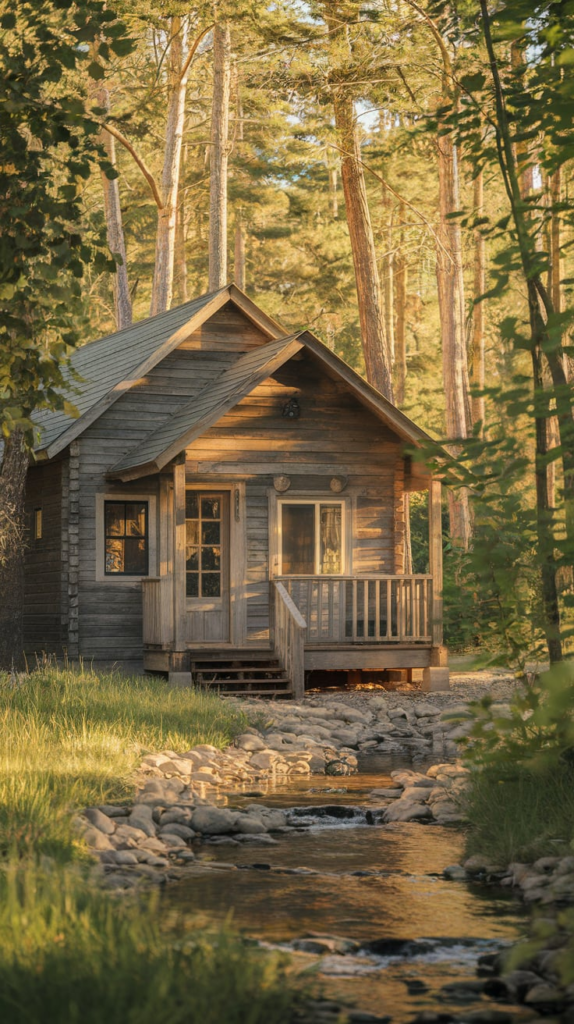
The more complex your home design, the more expensive it will be. Stick to a rectangular or square layout, which is easier and cheaper to build. Avoid extravagant architectural features that serve no functional purpose.
3. DIY Where Possible

Labor costs can eat up a huge portion of your budget. If you have the skills, take on some of the work yourself. Painting, landscaping, or even installing flooring are great DIY tasks.
4. Opt for a Smaller Footprint
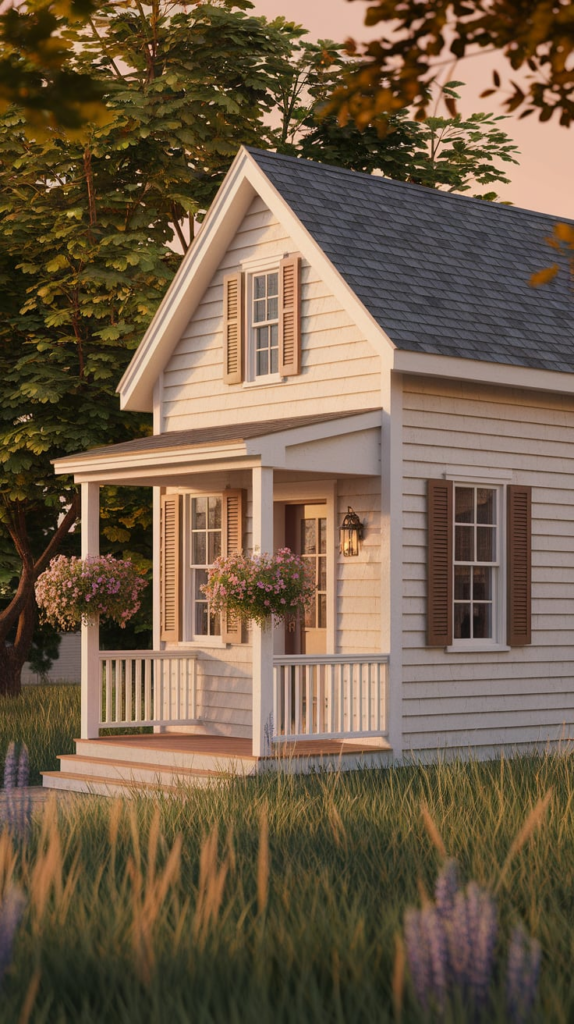
Bigger isn’t always better. A compact, efficient design reduces materials, labor, and maintenance costs. Focus on functionality over size to maximize your space.
5. Use Affordable and Durable Materials

Consider alternatives like reclaimed wood, concrete blocks, and corrugated metal. These materials can cut costs while adding character to your home.
6. Build Up, Not Out
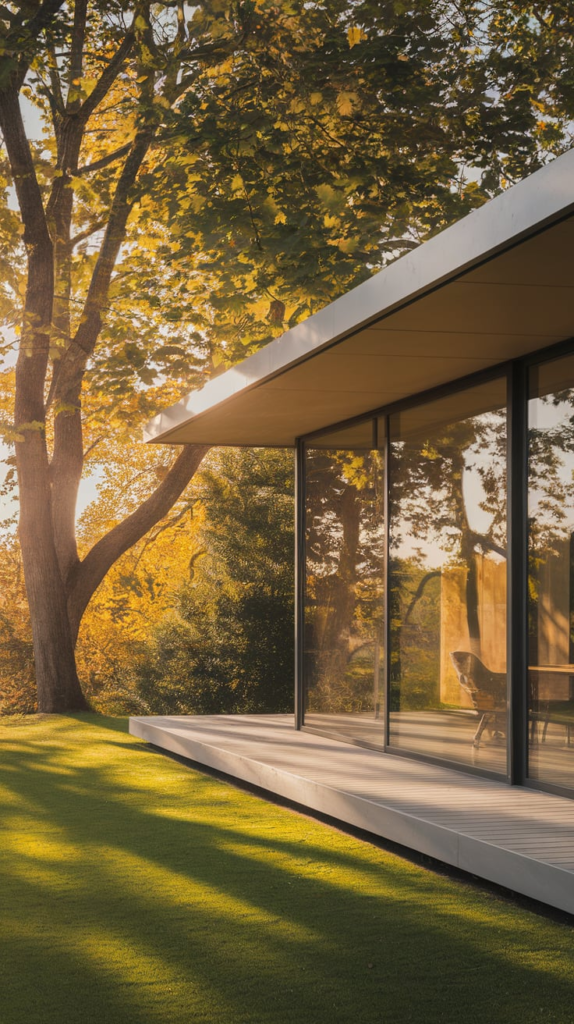
A two-story home requires less foundation and roof space, making it cheaper than a sprawling single-story house.
7. Shop for Materials Wisely
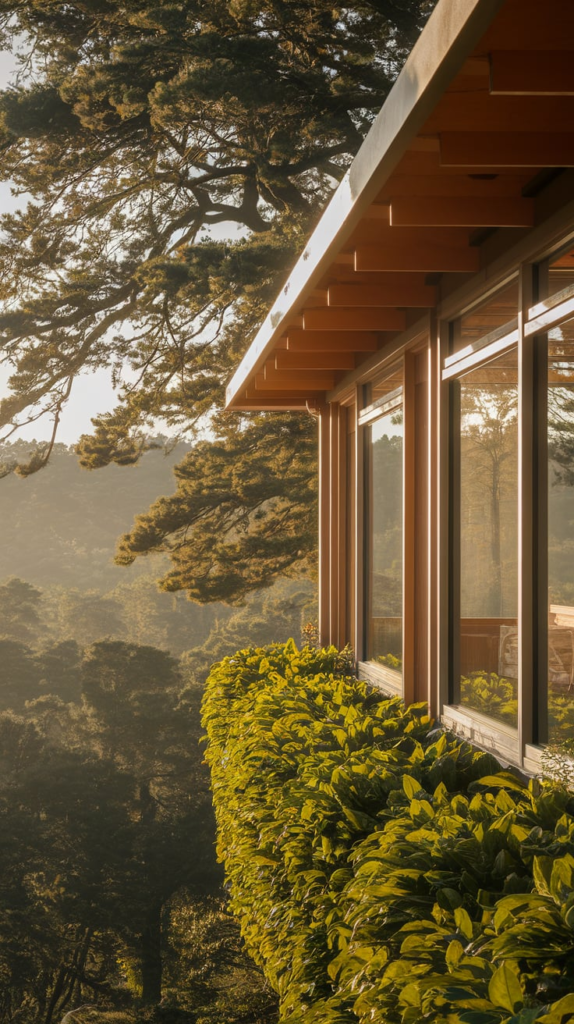
Buy in bulk, check for discounted or second-hand materials, and take advantage of clearance sales at home improvement stores.
8. Hire a Cost-Conscious Contractor

A reliable, budget-friendly contractor can make all the difference. Get multiple quotes, check references, and look for someone who understands your financial limitations.
9. Avoid Costly Customization

Custom-built features add up fast. Stick to standard sizes for windows, doors, and cabinetry to keep expenses low.
10. Consider Pre-Fabricated or Modular Homes

These can be built faster and cheaper than traditional homes while still offering great quality and customization options.
11. Source Free or Cheap Materials Locally
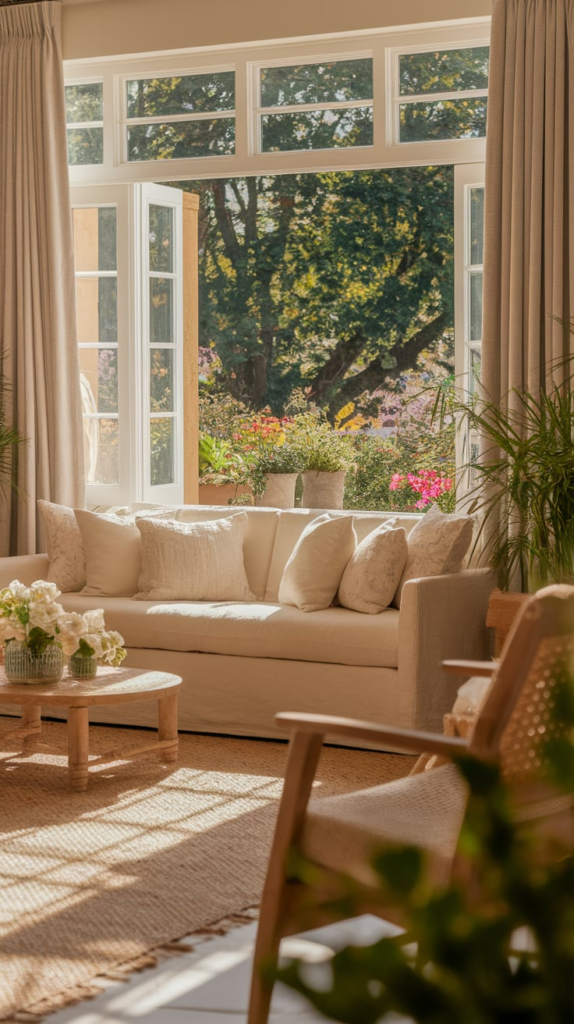
Check online marketplaces, salvage yards, or construction site leftovers for free or discounted materials.
12. Use Energy-Efficient Designs
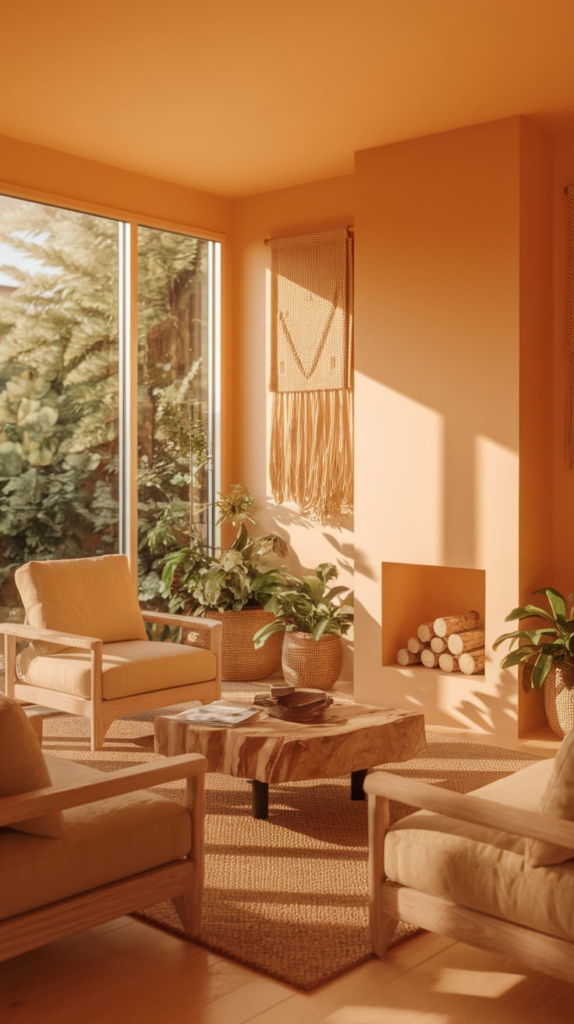
Incorporate passive solar design, insulation, and energy-efficient windows to reduce future energy costs.
13. Think Long-Term Savings
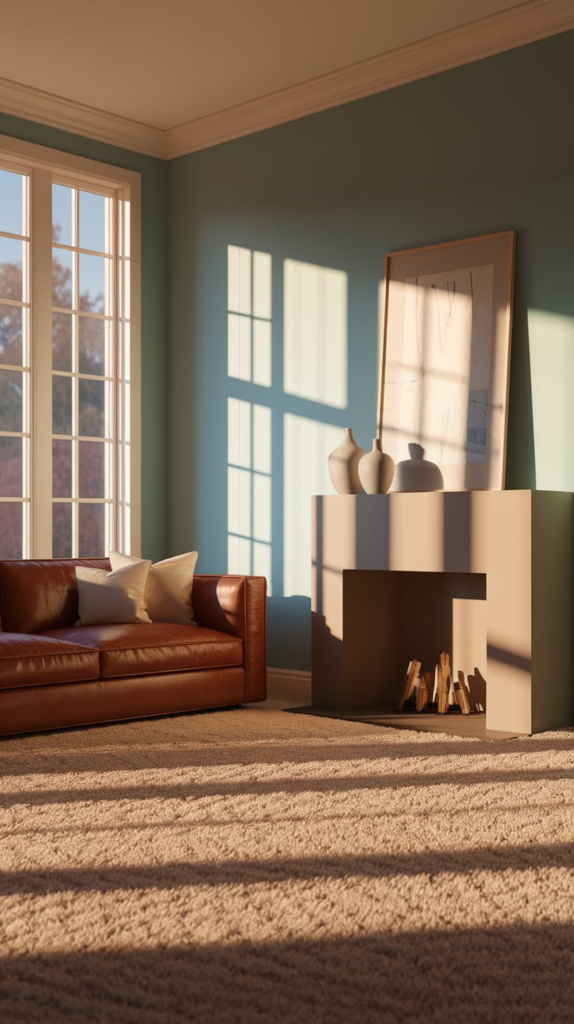
Spending a bit more on durable materials and energy-efficient appliances will save you money in the long run.
14. Limit Expensive Features

Fancy countertops, intricate moldings, and high-end fixtures might look nice, but they drain your budget fast. Prioritize what truly matters.
15. Minimize Plumbing Runs

Keep bathrooms and the kitchen close together to reduce plumbing costs. The further pipes must run, the more expensive it gets.
16. Do Your Own Landscaping
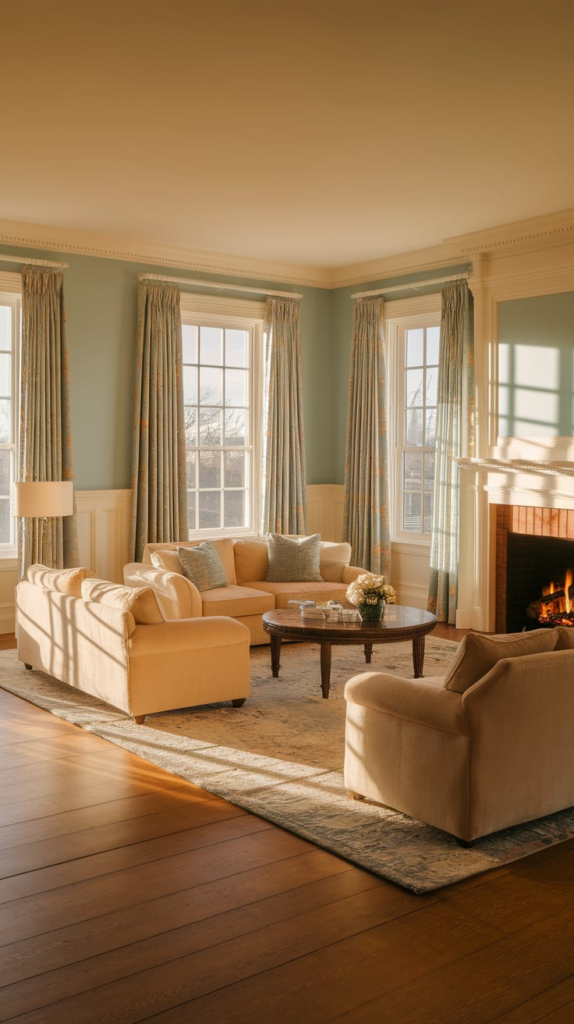
Hiring a landscaper can be costly. Plant low-maintenance, native plants, and use DIY methods for walkways and garden features.
17. Consider a Barndominium or Shed-Style Home
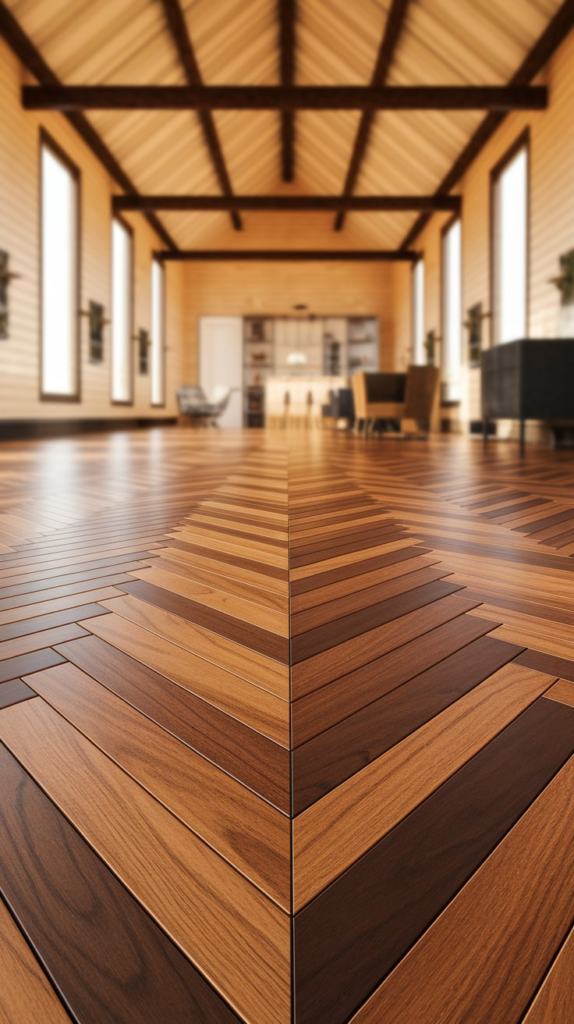
A barndominium (barn-style house) or a shed home can be significantly cheaper to build than a traditional house while still offering plenty of comfort.
18. Use Recycled or Reclaimed Materials
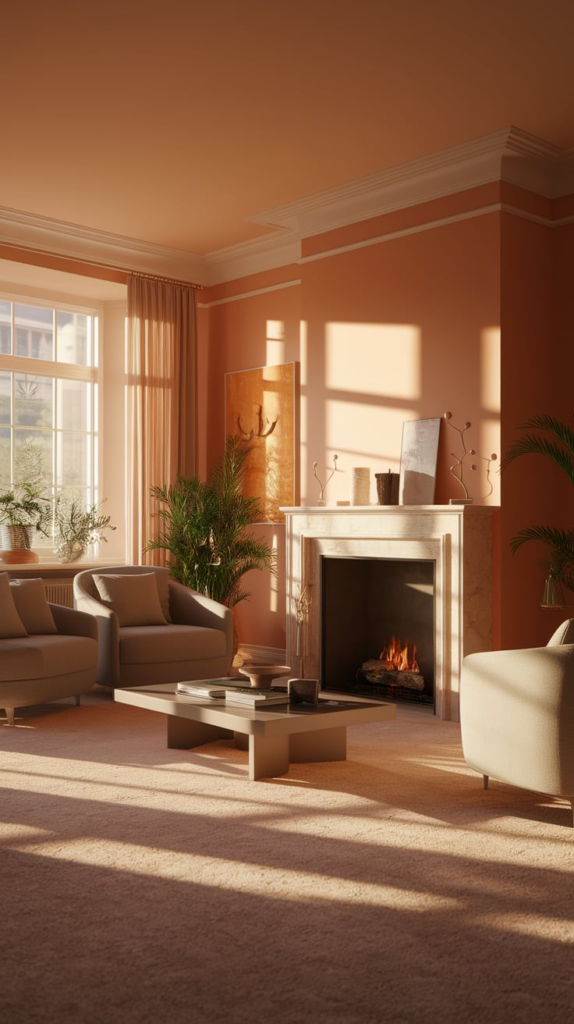
Reclaimed wood, old bricks, and repurposed fixtures can save thousands while adding unique charm to your home.
19. Skip the Basement

A slab foundation is cheaper than a full basement. Unless you absolutely need the extra space, go with a crawl space or slab.
20. Limit the Number of Windows and Doors
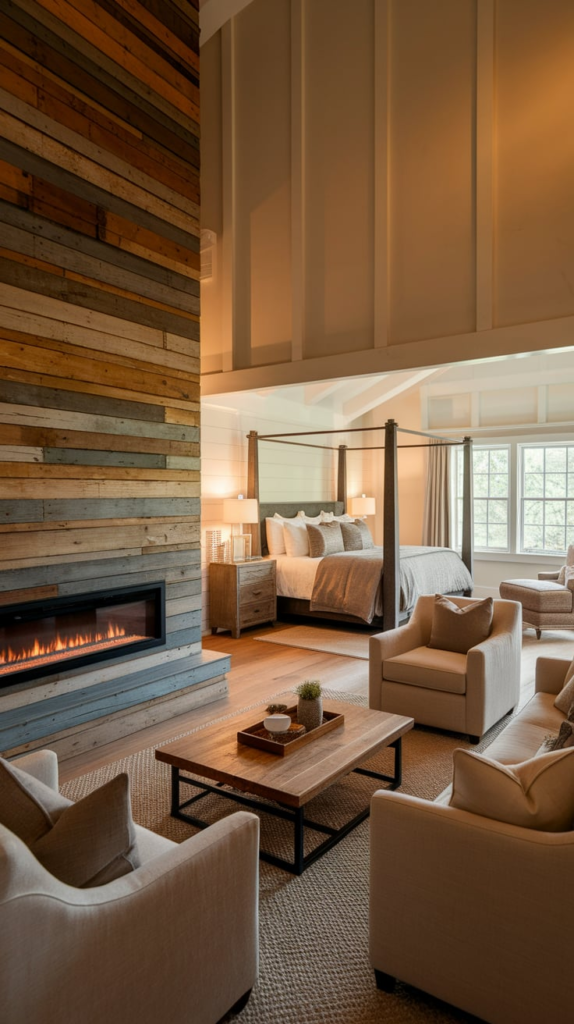
Windows and doors are expensive, so use fewer but strategically placed ones to allow for natural light and ventilation without excess cost.
21. Act as Your Own General Contractor
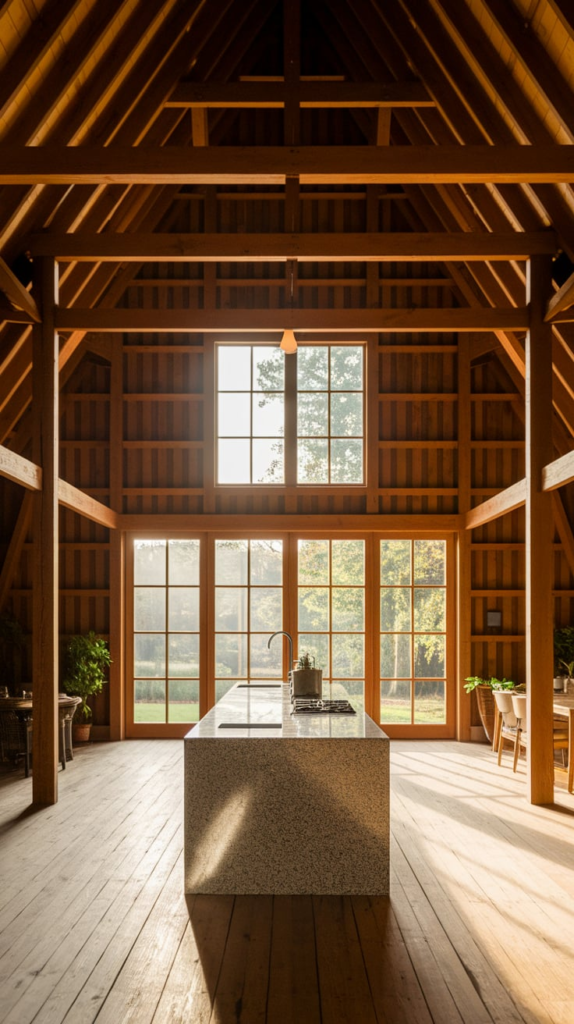
If you’re up for the challenge, managing the project yourself can save thousands in contractor fees. Just be prepared for the extra workload.
22. Buy Land Wisely
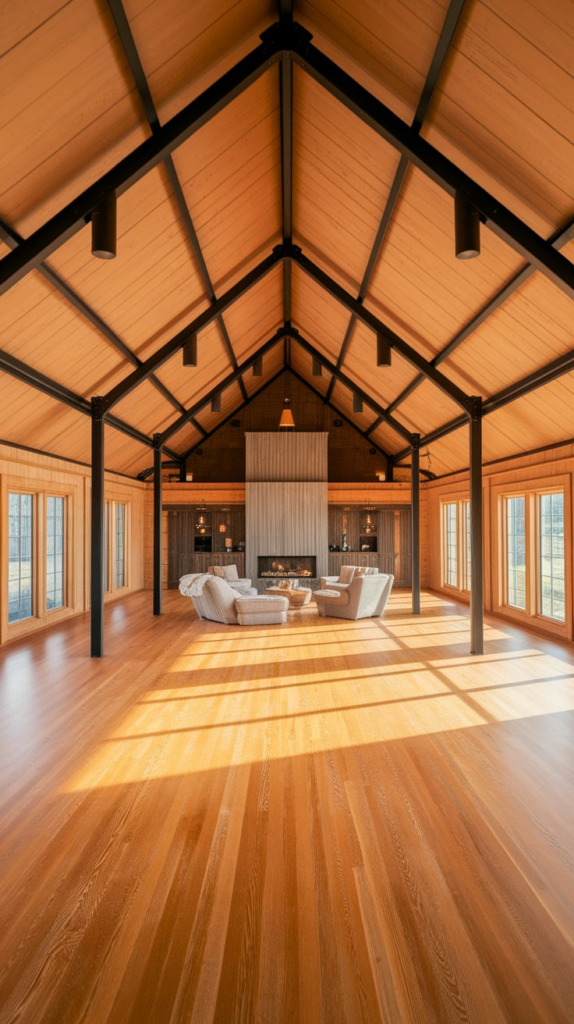
Land in urban areas costs a fortune. Consider rural or less developed areas to get more bang for your buck.
23. Stick to Basic Finishes
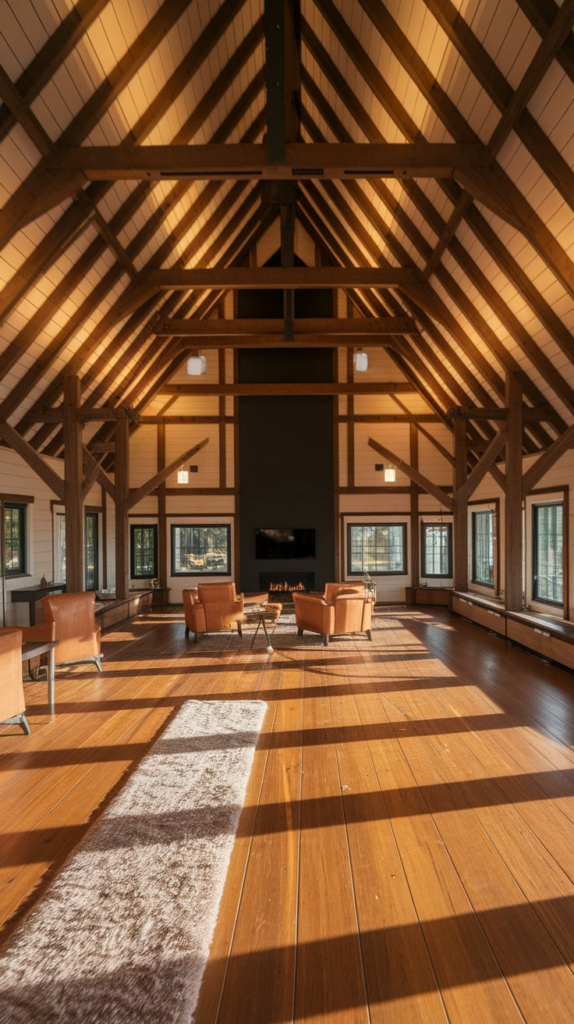
Skip the expensive finishes like granite countertops and custom tiles. Many affordable alternatives look just as great for a fraction of the price.
24. Be Patient and Flexible
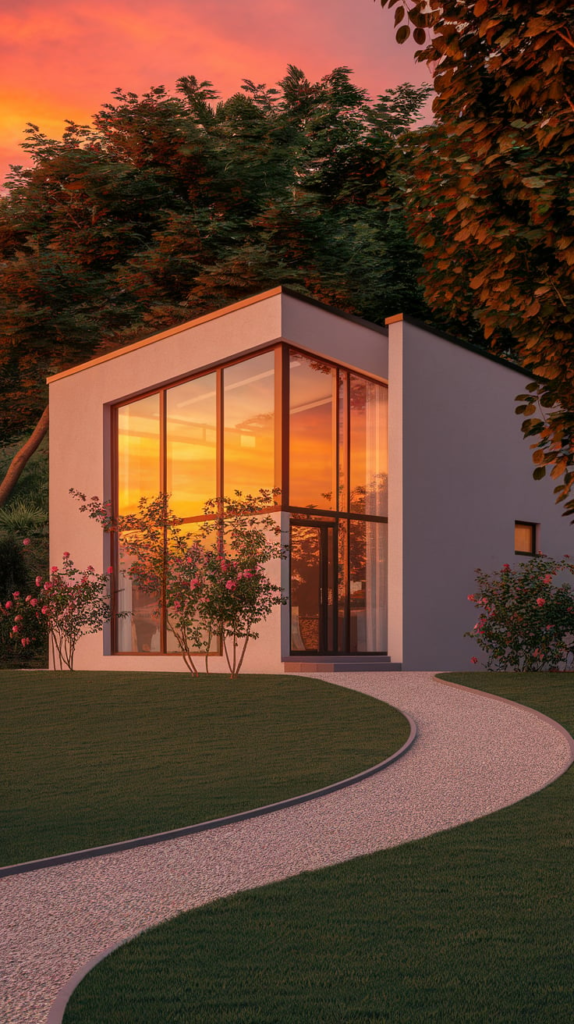
Rushing leads to mistakes and unnecessary expenses. Take your time, wait for good deals, and adapt your plans when needed.
Conclusion
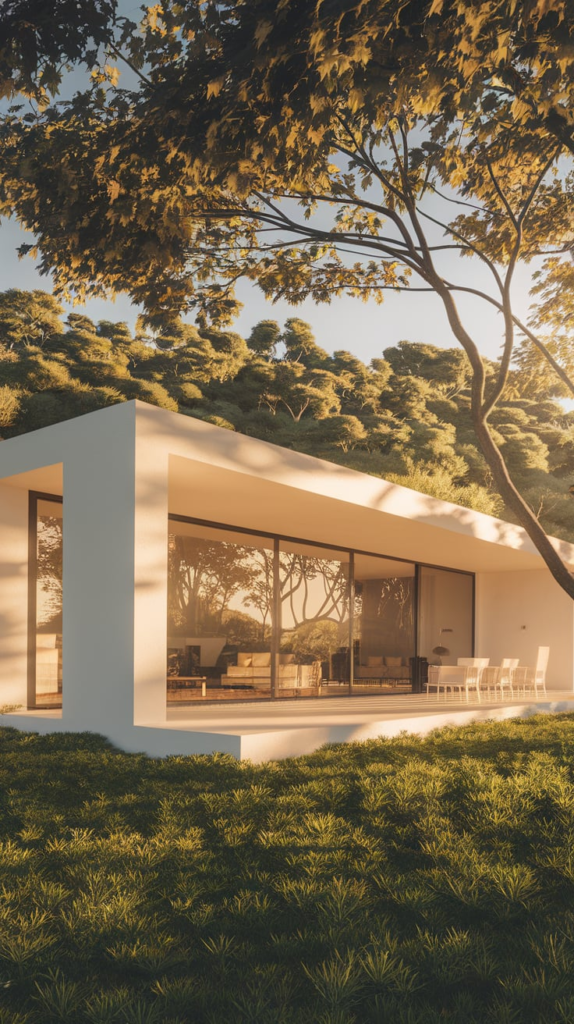
Building a budget-friendly home isn’t about cutting corners—it’s about smart decision-making. With these 24 practical strategies, you can create a comfortable, stylish, and cost-effective home that won’t leave you drowning in debt. The key is to prioritize what truly matters, embrace creativity, and plan wisely. Happy building!

